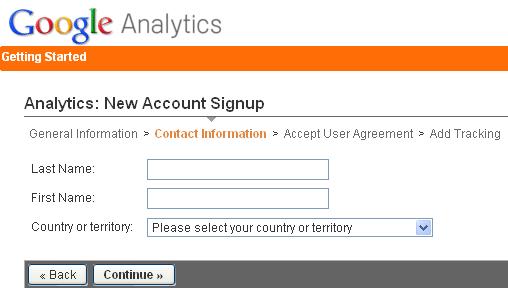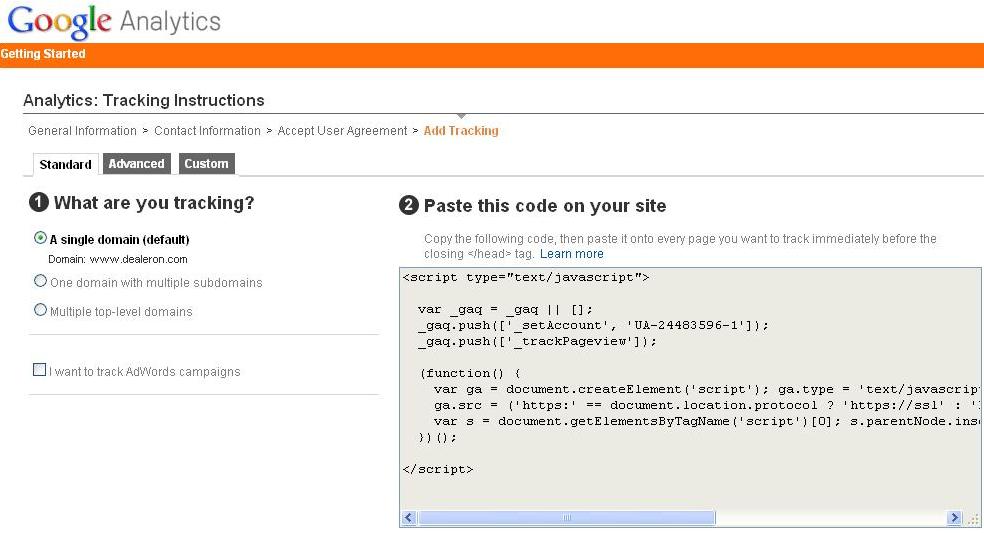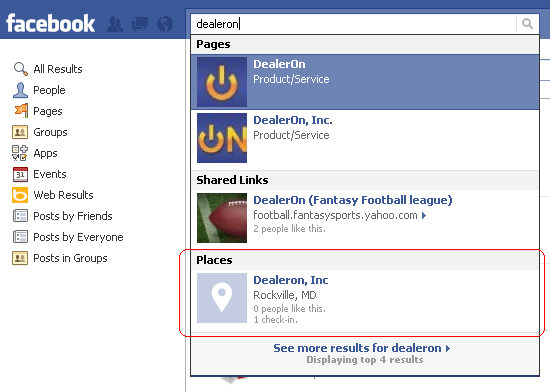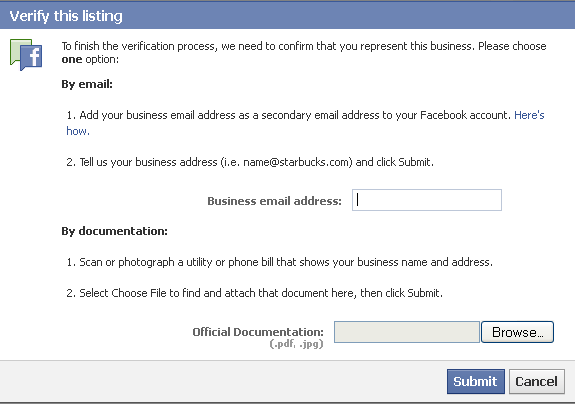No matter how sophisticated or rudimentary your website provider‘s reporting platform is, having Google Analytics on your website is a “no-brainer”. You want to “trust, but verify” your website provider’s analytics by making sure they are similar to those in Google Analytics. At DealerOn, we have made it a standard part of our process to create a Google Analytics account for each of our customers’ websites.
Luckily, if your auto dealership website provider doesn’t already provide Google Analytics tracking code (which I believe they should), it is fairly simple to add to your own website. Here are the 5 steps to implement Google Analytics on your dealership websites:
1. After logging into your Google account, visit https://www.google.com/analytics/provision/. Click “Sign Up”.
 2. Enter the information about your dealership website, and click “Continue”.
2. Enter the information about your dealership website, and click “Continue”.
 3. Enter your contact information.
3. Enter your contact information.
 4. Read and approve the User Agreements. Make sure you set your Data Sharing Settings before clicking “Create New Account”.
4. Read and approve the User Agreements. Make sure you set your Data Sharing Settings before clicking “Create New Account”.
 5. You will have to choose whether you are tracking a single domain, one domain with multiple subdomains, or multiple top-level domains. For most dealerships, you will be tracking a single domain. Choose which best fits your needs, and Google will provide you with a code snippet to put on each page you’d like to track. Send this code to your dealership website provider, and they should be able to take care of this for you.
5. You will have to choose whether you are tracking a single domain, one domain with multiple subdomains, or multiple top-level domains. For most dealerships, you will be tracking a single domain. Choose which best fits your needs, and Google will provide you with a code snippet to put on each page you’d like to track. Send this code to your dealership website provider, and they should be able to take care of this for you.
 That’s it. 5 simple steps to creating your own Google Analytics tracking code and reporting system.
That’s it. 5 simple steps to creating your own Google Analytics tracking code and reporting system.
While it is not reasonable to expect the data you see from your website provider and Google Analytics to match exactly, (your provider should have filters and visit/session rules that may not be precisely the same as those in Google Analytics), they should be fairly close and they should trend in the same directions.
Having Google Analytics reporting on your site is also important in case you switch providers at some point. You will have a complete history of YOUR website’s performance from an unbiased 3rd party. Also, Google Analytics is a flexible platform that allows you to create reports and track key metrics that your website provider may not provide.
If you have any questions, or would like more information about getting Google Analytics on your website, just drop us an email at clientresults@dealeron.com.






